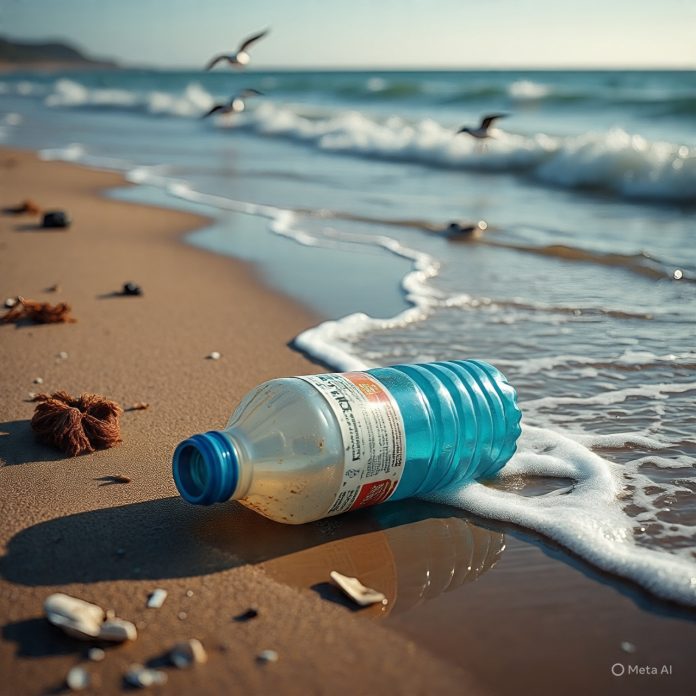The Impact of Single-Use Plastics on the Environment
Single-use plastics have become an integral part of modern life, from water bottles and straws to shopping bags and cutlery. However, the convenience they offer comes at a significant environmental cost. The impact of single-use plastics on the environment is multifaceted and far-reaching, affecting ecosystems, wildlife, and human health.
Plastic Pollution
The most visible effect of single-use plastics is the sheer amount of waste they generate. Plastic waste ends up in oceans, rivers, and landscapes, harming wildlife and contaminating the food chain. It’s estimated that over 8 million tons of plastic waste enter the world’s oceans every year, killing marine life and destroying habitats.
Microplastics
Single-use plastics also break down into microplastics, tiny particles that are ingested by animals and eventually make their way into the human food chain. Microplastics have been found in tap water, beer, and even human blood. The health implications of microplastic consumption are still being studied, but the potential risks are alarming.
Climate Change
The production of single-use plastics is a significant contributor to greenhouse gas emissions, which accelerate climate change. The extraction, processing, and transportation of fossil fuels required to make plastics release massive amounts of carbon dioxide and other pollutants.
Solutions
To mitigate the impact of single-use plastics, individuals, businesses, and governments must work together:
- Reduce: Minimize the use of single-use plastics by choosing reusable alternatives like water bottles, shopping bags, and coffee cups.
- Reuse: Encourage the reuse of plastics by implementing deposit-refund systems and promoting the use of reusable containers.
- Recycle: Improve recycling infrastructure and increase recycling rates to reduce the amount of plastic waste sent to landfills and oceans.
- Legislate: Implement policies and laws that restrict the use of single-use plastics, promote sustainable alternatives, and hold manufacturers accountable for plastic waste.
Conclusion
The impact of single-use plastics on the environment is a pressing issue that requires immediate attention. By understanding the problems caused by single-use plastics and working together to reduce, reuse, recycle, and legislate, we can mitigate the harm and create a more sustainable future.
BY; REGINA BLESS























































![[FREE FREE MONEY] Predict and Win a Guaranteed GH¢200 From Us EVERY WEEK](https://wordpress.ghanatalksradio.com/wp-content/uploads/2022/02/Predict-and-Win-Final-09-03-2021-218x150.jpg)
![[Predict & Win – 8th/Oct.] WIN A Guaranteed ¢200 From Us This Week](https://wordpress.ghanatalksradio.com/wp-content/uploads/2021/10/maxresdefault-16-218x150.jpg)
![[Predict & Win – 2nd] WIN A Guaranteed ¢200 From Us This Week](https://wordpress.ghanatalksradio.com/wp-content/uploads/2021/09/maxresdefault-50-218x150.jpg)
![[Predict & Win – 25th] WIN A Guaranteed ¢200 From Us This Week](https://wordpress.ghanatalksradio.com/wp-content/uploads/2021/09/maxresdefault-36-218x150.jpg)
![[Predict & Win – 18th] WIN A Guaranteed ¢200 From Us This Week](https://wordpress.ghanatalksradio.com/wp-content/uploads/2021/09/maxresdefault-23-218x150.jpg)











![[National cathedral] See full list of churches that have contributed since 2018](https://wordpress.ghanatalksradio.com/wp-content/uploads/2020/09/Ghana-National-Cathedral-GhanaTalksRadio-100x70.jpg)



